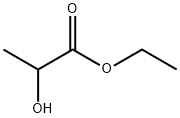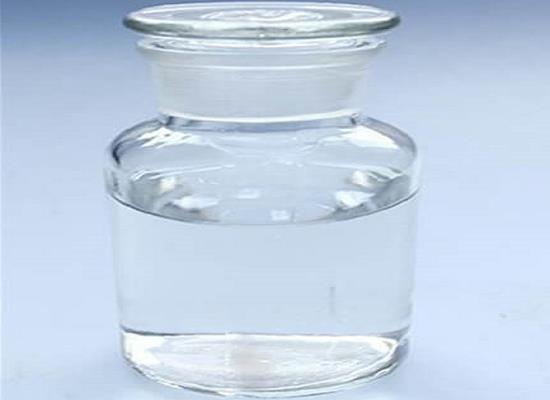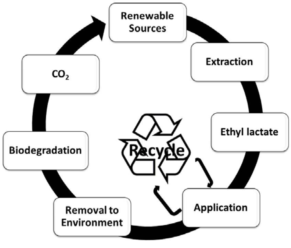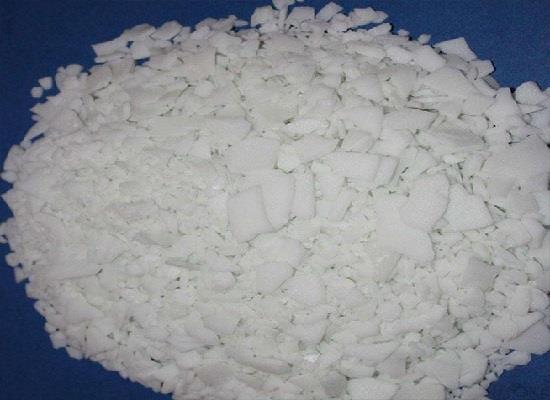Ethyl lactate: application and safety
General Description
Ethyl lactate is a chemical compound commonly used as a solvent in various industries, formed by the esterification of lactic acid with ethanol. Ethyl lactate is a potential alternative to acetonitrile in reversed-phase liquid chromatography due to its greener nature. It has also shown effectiveness in removing copper from contaminated soils and has been utilized in aqueous two-phase systems for the extraction of polyphenols and vitamins. In addition, ethyl lactate has been found to be a suitable solvent for extracting bioactive compounds from plants. It has low acute toxicity and is generally recognized as safe, but proper safety precautions should still be followed. Overall, ethyl lactate offers promising applications while being relatively safe to use.
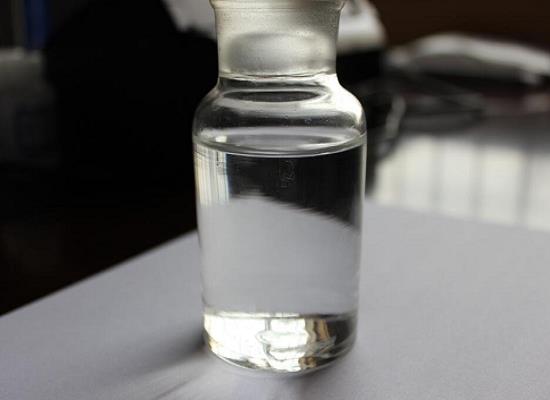
Figure 1. Ethyl lactate
Application
Alternative to acetonitrile in reversed-phase liquid chromatography
Ethyl lactate emerges as a greener alternative to acetonitrile for mobile phases in reversed-phase liquid chromatography. While its potential in organic synthesis and industrial extraction processes has been recognized, its applicability in reversed-phase liquid chromatography was less explored. This study investigated the feasibility of using ethyl lactate as a substitute for acetonitrile in separating a mixture of 16 polycyclic aromatic hydrocarbons. The results showed that the analytical approach was achievable, albeit with compromises in elution order, peak efficiency, and UV detectability. Thermodynamic aspects of the chromatographic process were also assessed, along with correlations between elution order and molecular descriptors. 1
Removing Cu from contaminated soils
The effectiveness of aqueous ethyl lactate-modified [S,S]-ethylenediaminedisuccinic acid (EDDS) washing solutions as a novel approach for removing Cu from soils contaminated with this metal. The enhanced extraction efficiency with the presence of ethyl lactate can be attributed to the increased stability constant of Cu-EDDS complexes, facilitated by the presence of ethyl lactate. This mechanism enhances the desorption of Cu from the soil, leading to greater extraction efficiency. Overall, the application of ethyl lactate in combination with EDDS shows promise in effectively removing Cu from contaminated soils. 2
As a component of aqueous two-phase systems
Ethyl lactate was utilized as a component of aqueous two-phase systems (ATPS) to investigate its role in the partitioning of polyphenols and B-complex vitamins. Explore the potential of utilizing food waste, which is rich in polyphenols and vitamins, as a valuable source for the production of value-added compounds in pharmaceutical and cosmetic industries. When used as a component of ATPS, can facilitate the partitioning and efficient extraction of polyphenols and B-complex vitamins from food waste. This highlights the potential of ethyl lactate in harnessing the inherent value of biowaste for the production of significant compounds, and subsequently addressing economic, environmental, and social challenges associated with food waste. 3
Extraction of active compounds
Ethyl lactate has gained attention as an environmentally friendly solvent for extracting bioactive compounds. In recent studies, ethyl lactate has been evaluated as a potential solvent for extracting phenolic compounds from Cytisus scoparius, a wild plant. The characteristics of the extracts obtained using ethyl lactate were compared with those obtained using methanol. Overall, ethyl lactate proved to be an efficient solvent for extracting polyphenols from Cytisus scoparius, resulting in extracts with high levels of plant phenolics and antioxidant activity. Additionally, these extracts exhibited antibacterial activity against Gram-positive bacteria. While good results were obtained with whole plant extracts, it was also possible to obtain extracts enriched in specific polyphenols from different parts of the plant. 4
Safety
In terms of toxicity, ethyl lactate is considered to have low acute toxicity. It has been classified under the "Generally Recognized as Safe" (GRAS) category by the U.S. Food and Drug Administration (FDA), indicating its safety for use in food products. However, like any chemical substance, it should be handled with care and proper safety precautions. Studies conducted on ethyl lactate have shown minimal adverse effects. Inhalation or dermal exposure to high concentrations may cause irritations, such as mild eye or skin irritation. Ingestion of large amounts may lead to gastrointestinal discomfort. However, these effects are typically observed at levels significantly higher than those encountered in normal use or environmental exposures. It's important to note that individual sensitivity or pre-existing conditions could affect how someone responds to ethyl lactate exposure. As with any chemical substance, it is recommended to follow safety guidelines, such as ensuring proper ventilation, using protective equipment, and adhering to recommended usage levels. Overall, when used responsibly and within recommended guidelines, ethyl lactate is considered to be a relatively safe compound with low toxicity.
Reference
1. Micle F, Albu F, Iorgulescu EE, Medvedovici A, Tache F. Ethyl lactate as a greener alternative to acetonitrile in RPLC: a realistic appraisal. J Chromatogr Sci, 2015, 53(10):1701-1707.
2. Guo H, Wang W, Sun Y, et al. Ethyl lactate enhances ethylenediaminedisuccinic acid solution removal of copper from contaminated soils. J Hazard Mater, 2010, 174(1-3):59-63.
3. Velho P, Marques L, Macedo EA. Extraction of Polyphenols and Vitamins Using Biodegradable ATPS Based on Ethyl Lactate. Molecules, 2022, 27(22):7838.
4. Lores M, Pájaro M, álvarez-Casas M, Domínguez J, García-Jares C. Use of ethyl lactate to extract bioactive compounds from Cytisus scoparius: Comparison of pressurized liquid extraction and medium scale ambient temperature systems. Talanta, 2015, 140:134-142.
);You may like
Related articles And Qustion
Lastest Price from Ethyl lactate manufacturers

US $100.00/kg2023-09-07
- CAS:
- 97-64-3
- Min. Order:
- 1kg
- Purity:
- 99%
- Supply Ability:
- 500t/month

US $0.00/KG2023-06-30
- CAS:
- 97-64-3
- Min. Order:
- 1KG
- Purity:
- 99%
- Supply Ability:
- 50000KG/month
